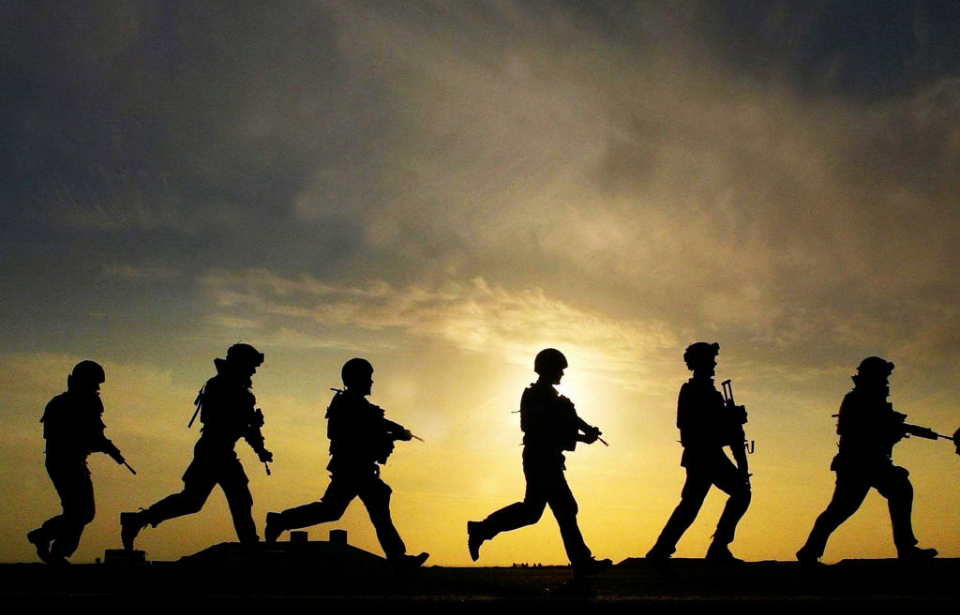For many, it might feel like the Iraq War happened just yesterday, with the nightly news reporting updates on American troops overthrowing Saddam Hussein’s government and the ensuing retaliation. As of March 20, 2023, it’s been exactly 20 years since the conflict began and just over 12 years since it came to an end. The following is a look at a timeline of the Iraq War, including major moments and how things were left in the aftermath.
Operation Iraqi Freedom
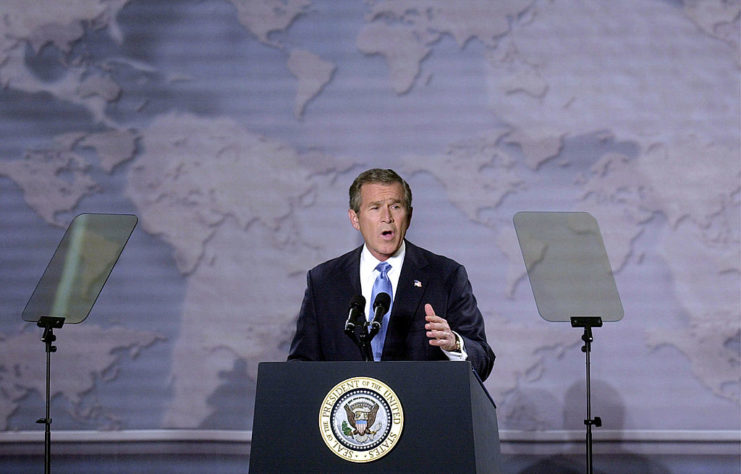
Our timeline on the Iraq War begins on March 20, 2003 – although, animosity between Iraq and the United States had been growing for years. President George W. Bush called the country part of the “axis of evil” on January 29, 2002, and warned the United Nations (UN) it had weapons of mass destruction, which could threaten the world.
Both the US and the United Kingdom put pressure on Iraq to disarm, which its government refused to do.
On March 17, 2003, Bush gave Saddam Hussein and his sons 48 hours to leave the country, or else the US military would take action. Only a day later, British Prime Minister Tony Blair earned backing from the House of Commons to send troops into Iraq, as well. When Hussein, again, refused the American orders, Operation Iraqi Freedom was launched, beginning with an aerial bombing of the country.
2003 – Saddam Hussein is captured
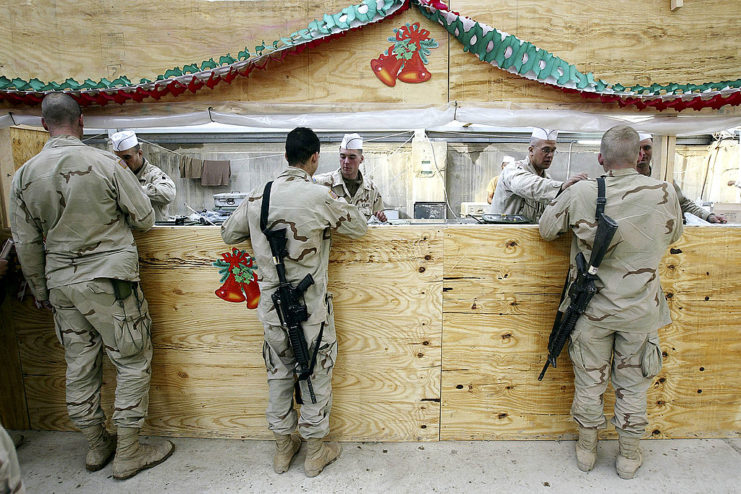
With US forces quickly deployed to Iraq, Saddam Hussein’s government lost control of the capital of Baghdad. At the same time, the British took Basra. This didn’t stop insurgents, however, from rising up against the invading troops, American or otherwise – many of them having been members of the Iraqi Army, which was disbanded on May 23, 2003.
Both of Hussein’s sons were killed during an American raid on Mosul.
In late August, following the death of one of the organization’s representatives, the UN withdrew all non-essential personnel. The year drew to a close with a major win for the Americans, who successfully apprehended Hussein hiding in his hometown of Tikrit. They initially thought this would be the beginning of the end of their time in Iraq, a sentiment which proved to be false.
2004 – First and Second Battles of Fallujah
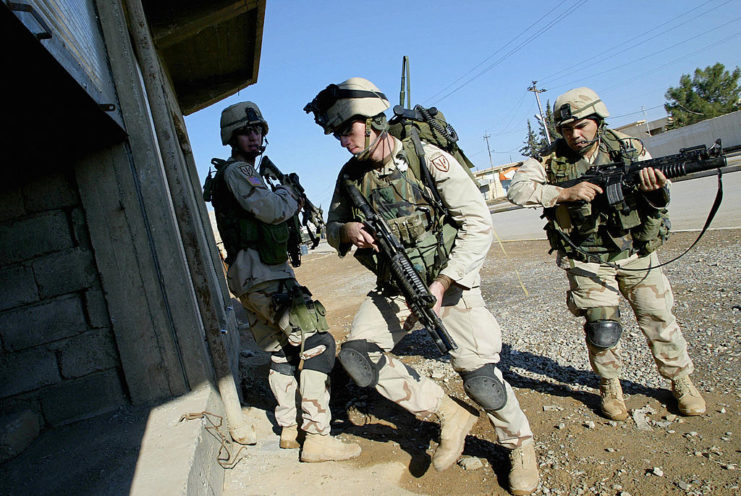
At the beginning of 2004, a figurative bombshell dropped: it was confirmed Iraq didn’t have any of the dangerous weapons it had been accused of housing. As our timeline previously shows, this had been the justification for America and the coalition going to war with Iraq in the first place.
In the meantime, insurgents, predominantly led by Al-Qaeda, took time to reorganize themselves, before lashing out against the various coalition forces. This led to numerous clashes, the largest of which were the First and Second Battles of Fallujah, which taught the American forces a hard-learned lesson on urban warfare. The first battle was triggered by the executions of private military contractors, while the second was caused by an influx of enemy guerrillas in the city.
In June of that year, a provisional Iraqi government was created, with the US passing control of the country over to officials. Only a month later, Saddam Hussein appeared in court on a number of charges, including violations of human rights. Later, insurgent groups turned their attention toward the Iraqi Security Forces, indiscriminately targeting both police and civilians with numerous bombings.
2005 – Iraq’s first free election in 50 years
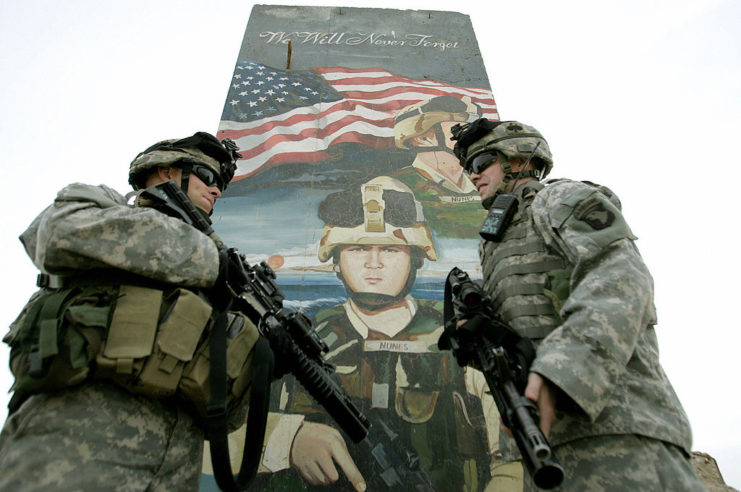
In 2005, the Iraqi people voted in their first free election in 50 years. All who voted had one finger dipped in ink, and the Shiites wound up getting a majority in parliament. However, this wasn’t an easy accomplishment. Prior to the election, Sunni insurgents launched attacks against civilian and political targets, in an attempt to scare those who would have otherwise voted.
Despite this positive moment, the fighting in the country continued to worsen, and the death toll kept growing. By October, the Americans had lost 2,000 soldiers in just two years, and, by the end of the year, there had been roughly 478 bombings.
2006 – Execution of Saddam Hussein
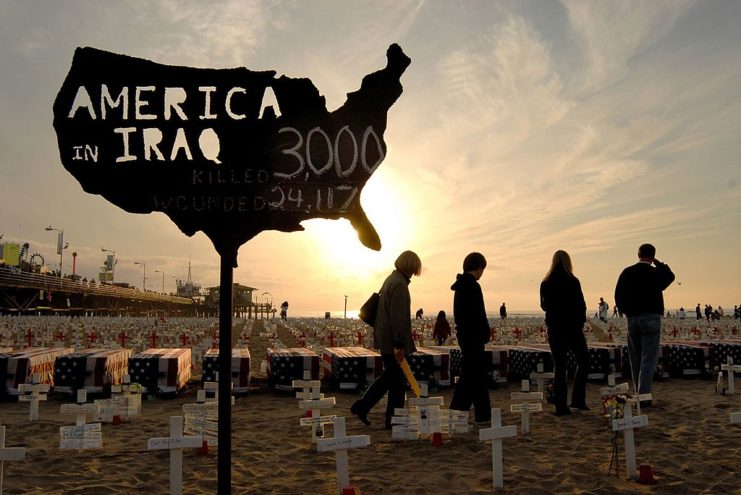
After the successful election the previous year, Nouri al-Maliki was asked to form the next government. A long-time ally of Iran, he created a government that brought together the Sunnis and Iraqi Kurds.
Civilian violence in the country continued to escalate after the al-Askari mosque bombing, with the UN going so far as to call it a civil war-like environment. This also helps explain why the public death toll was only climbing, as our timeline shows, with the Iraq War claiming between 1,000 and 3,500 civilian lives per month. It also became the deadliest conflict ever for journalists by May 2006.
On June 6, US forces tracked down Abū Musab al-Zarqāwī, the leader of Al-Qaeda in Iraq, and killed him in an airstrike. The biggest moment of the year, however, fell on December 30, when Saddam Hussein was executed. He had appeared in court at various points to face the charges against him, and was found guilty of crimes against humanity.
2007 – Pressure mounts for the removal of coalition troops
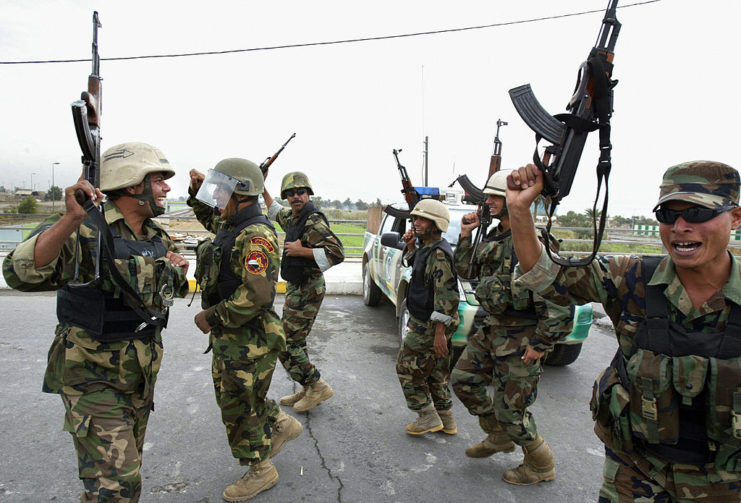
With the New Year came a “new way forward” for the Iraq War, as President George W. Bush promised 21,500 more American troops and over $1 billion for different civilian programs.
By June 1, 2007, the coalition had made significant progress recruiting former insurgents to fight against Al-Qaeda and other groups. This so-called “Awakening” first started in Anbar province and quickly spread throughout the country.
Despite this progress, insurgents began targeting coalition allies with bombings and other attacks. Simultaneously, pressure was beginning to mount against the UN to set a timeline for troops to withdraw from the Iraq War altogether. Some were already in the process of leaving, including the British, who’d passed control of Basra over to the Iraqis in a rather unsuccessful maneuver. In addition to this, all but nine Danish troops were withdrawn.
2008 – Changing authority
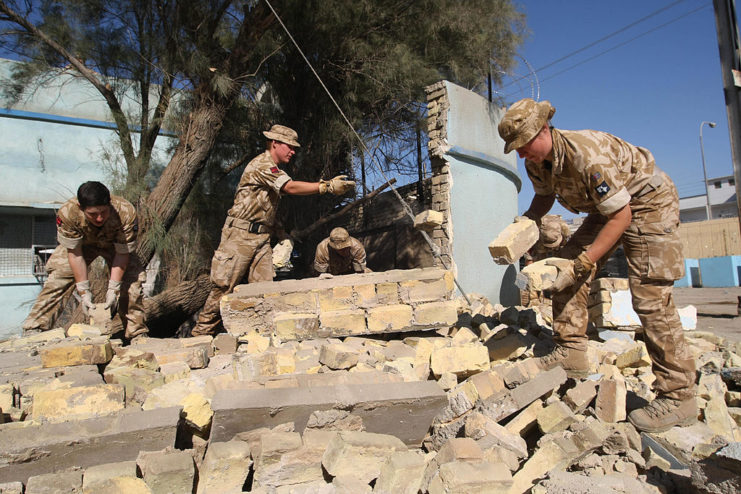
2008 was a year that saw a number of authority changes. Not only did Barack Obama take over a president of the United States on November 4, David Patraeus was promoted to lead US Central Command in Iraq and Afghanistan. Raymond Odierno took over as the commanding general of the US forces fighting in Iraq.
On top of this, management of Anbar province was also handed back over to Iraq.
In the meantime, the forces that remained were heavily focused on dealing with the Shiite militias who were wreaking havoc across the country. This included actions by the Iraqi government, with Nouri al-Maliki launching a crackdown in the country.
2009 – President Barack Obama makes a critical announcement
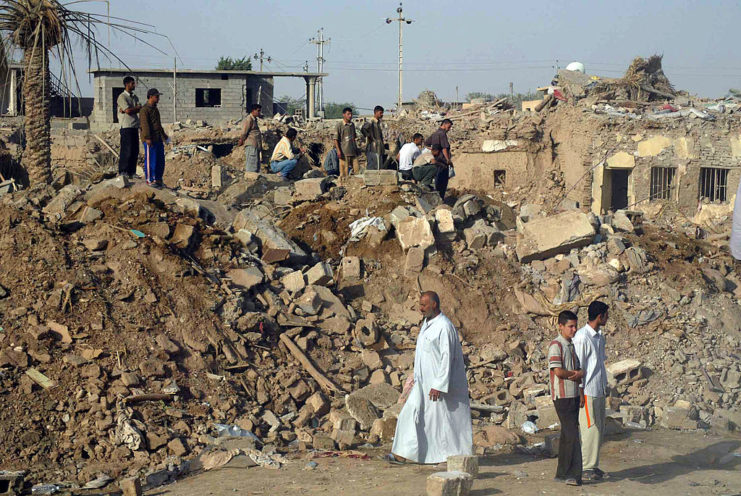
It wasn’t until 2009 that some of the American forces were finally withdrawn from Iraq. President Barack Obama announced that all combatant forces would be removed by August 2010, with advisory troops remaining until 2011. This contingent of between 35,000 and 50,000 soldiers and Marines would train, equip and advise the Iraqi Security Forces. In agreement with the Status of Forces Agreement that had been previously signed, all US forces were removed from Iraqi cities by the end of June.
On April 30, the British lowered their flag over Basra, despite already handing control back to the Iraqis, officially signaling the end of country’s combat operations in Iraq. The war was drawing to a noticeable close, as there were no US combat deaths in December. This was the first month this had happened since 2003.
End of combat in Iraq
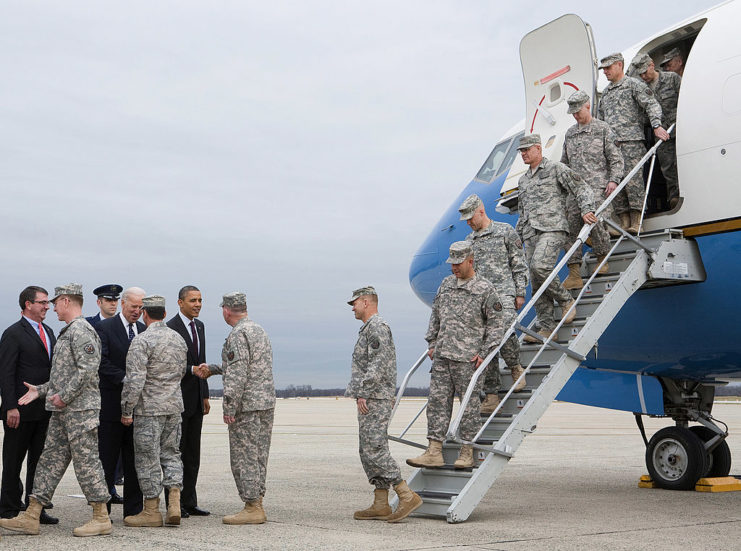
On August 31, 2010, the US finally ended its mission in Iraq. By this point, there were over 4,400 American deaths and more than double that for Iraqi civilians.
On December 18, 2011, all American soldiers left Iraq after almost nine years. The country was left to make its own democratic government decisions. The only US presence that remained was those working at the Embassy, as well as US Marine Embassy Guards.
Problems in Iraq didn’t magically go away with the withdrawal of the US forces. There were still many insurgent groups who threatened the established order, with much of this violence continuing well into 2013. Although another election was held, no government officially formed in 2014. This allowed for a power vacuum, which gave the Islamic State in Iraq and the Levant (ISIL) the opportunity to step in and take over Tikrit, Mosul and Kirkuk.
Iraq War timeline: 20 years later
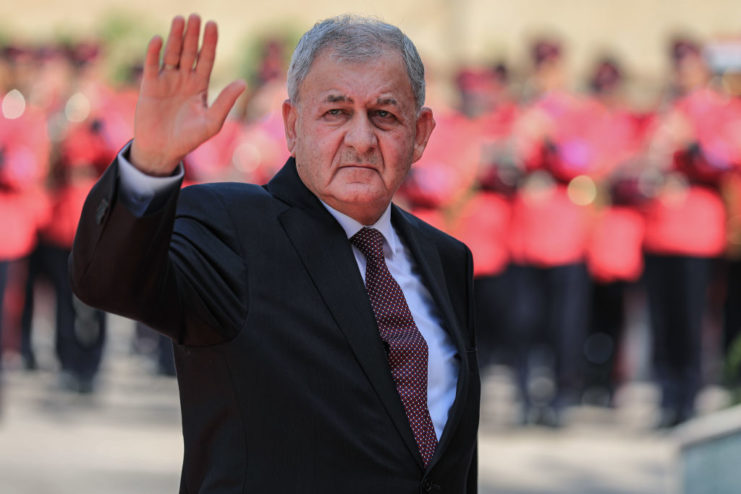
Despite the US effort to get out of Iraq, President Barack Obama eventually agreed that American involvement was required and US troops were sent back to help the situation. When Donald Trump was elected, he committed even more soldiers to the region. With US assistance, the Kurdish forces were able to retake Raqqa from ISIL, allowing the Iraqi government to formally declare victory against the insurgents.
By 2018, violence had reached a low point, and, by 2020, Iraq voted for all foreign soldiers to leave the country. An agreement was reached to allow around 2,500 US troops to remain in the capacity to “advise and assist.”
More from us: British Troops Were Ordered to Break Out Their Fixed Bayonets During the Iraq War
Both at the time and in the aftermath, the Iraq War was heavily controversial. A number of photos and videos came out showing the mistreatment of prisoners at the hands of the Americans. Much of the public felt as though George W. Bush had mishandled the situation, particularly after it was revealed Iraq didn’t have the dangerous weapons it was once said to possess.
